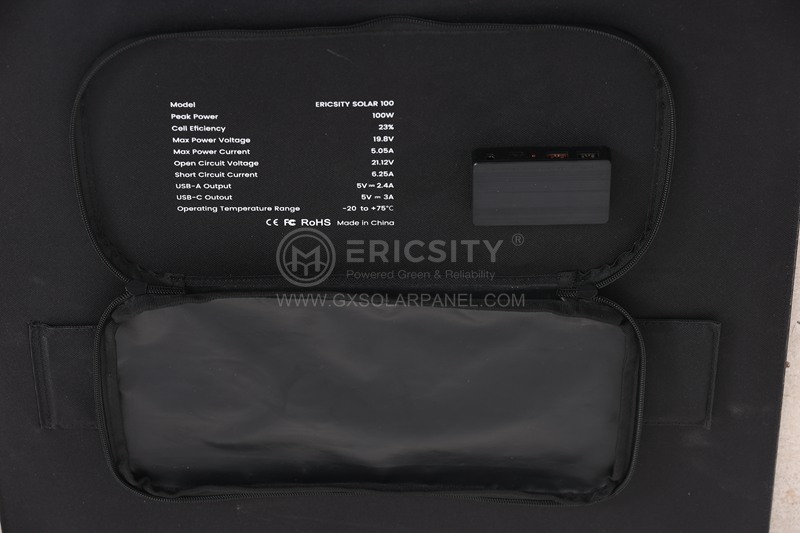HOT PRODUCT
Product Details
Breaking Down The Costs: Factors That Influence 2kv Panel Prices
Title: Breaking Down The Costs: Factors That Influence 2kV Panel Prices
Introduction
2kV panels play a crucial role in electrical power distribution systems, allowing for the safe and efficient transmission of electricity at high voltages. When it comes to purchasing such panels, understanding the factors that influence their prices is essential. In this article, we will break down the costs associated with 2kV panels and explore the key factors that influence their price points.
1. Panel Capacity and Voltage Rating
One of the primary factors that affect the price of 2kV panels is their capacity and voltage rating. Higher capacity panels capable of handling larger electrical loads tend to be more expensive, as they require more substantial construction and advanced technology to accommodate the increased power demands.
2. Material Quality and Construction
The quality of materials used and the construction techniques employed significantly impact the price of 2kV panels. Panels made from higher-grade materials with better insulation and durability properties tend to come at a higher cost. Furthermore, advanced construction techniques involving precise craftsmanship can also contribute to a higher price point.
3. Technical Specifications and Customization
The technical specifications and customization options of 2kV panels play a crucial role in determining their prices. Panels equipped with advanced features such as remote monitoring systems, advanced fault detection mechanisms, and additional safety features will have a higher price tag. Similarly, customized panels designed to meet specific industry or customer requirements generally come at a premium price due to the extra engineering and design involved.

4. Compliance with Industry Standards and Regulations
2kV panels must adhere to strict industry standards and regulations to ensure the safety and reliability of electrical systems. The cost of compliance with these standards influences the overall panel price. Panels that have undergone rigorous testing and certification processes to meet industry regulations are likely to have a higher cost to cover these compliance expenses.
5. Market Demand and Supplier Competition
The demand and competition within the market also impact the price of 2kV panels. If the demand for such panels is high, suppliers may increase prices to maximize profits. Conversely, intense competition among suppliers can drive prices down as they strive to attract customers. Understanding the market dynamics and considering different suppliers can help in finding the best price for 2kV panels.
6. Additional Services and Warranty
Some suppliers may include additional services in their offering, such as installation support, maintenance assistance, or extended warranty coverage. These value-added services can influence panel prices. It is essential to evaluate the cost-benefit of such services and choose a supplier that offers a reasonable price for the additional support provided.

Conclusion
When it comes to purchasing 2kV panels, understanding the factors that influence their prices is crucial. Panel capacity, material quality, technical specifications, compliance with regulations, market dynamics, and additional services all contribute to the ultimate cost. By considering these factors, buyers can make informed decisions and ensure they are investing in reliable and cost-effective 2kV panels for their electrical power distribution needs.




